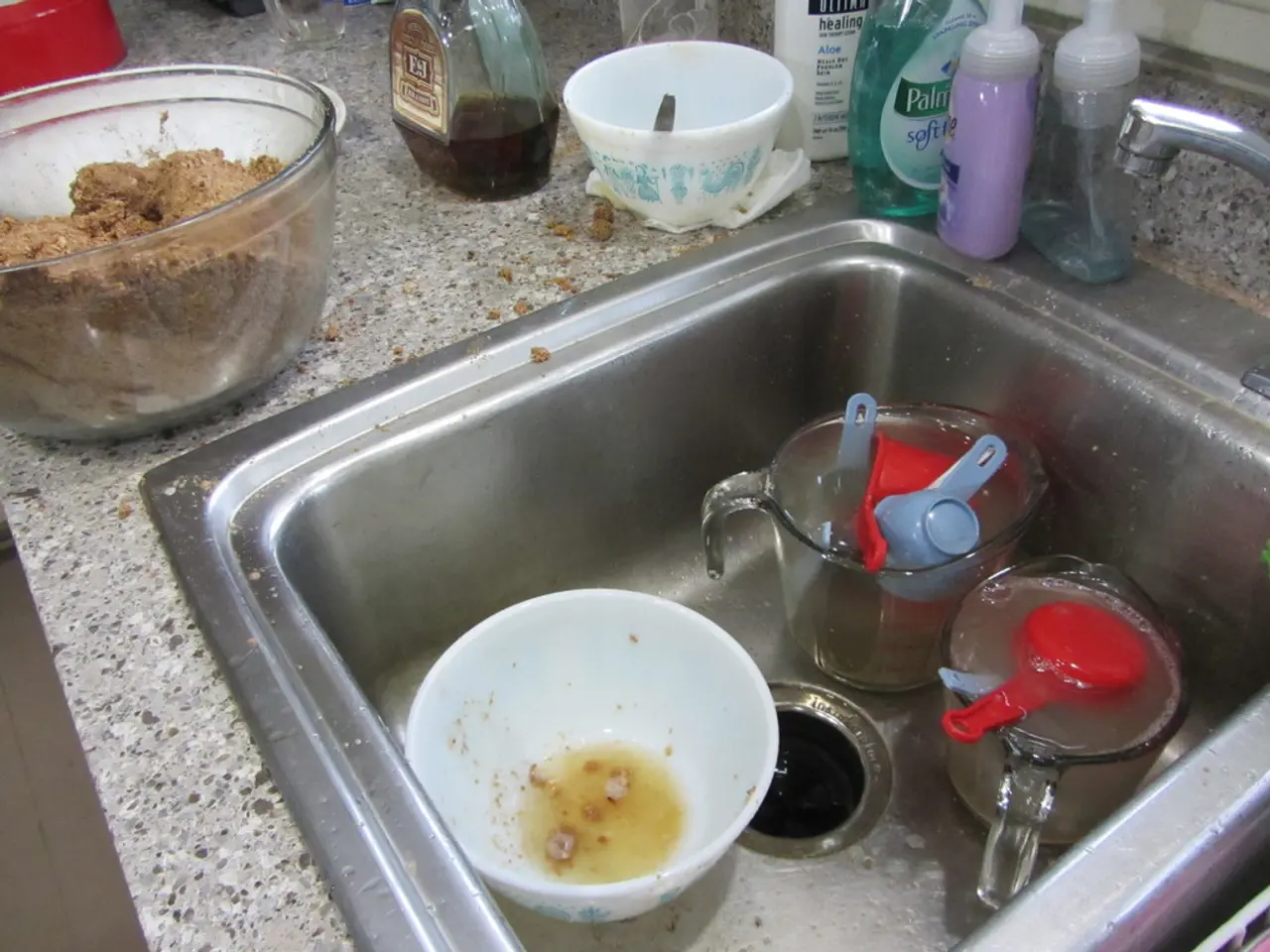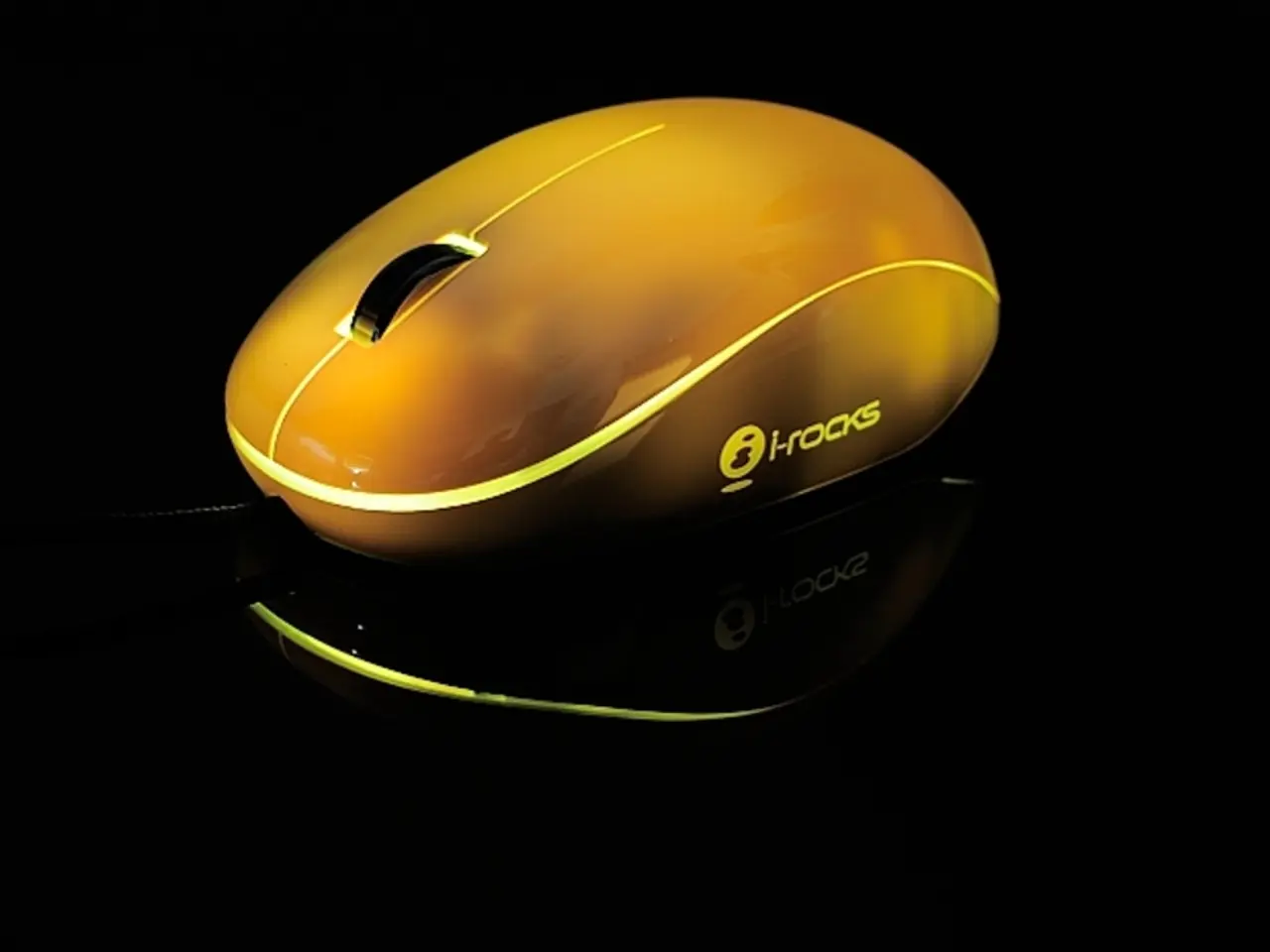NASA Discovers 26 Unidentified Bacterial Strains in their Clean Rooms
In a groundbreaking discovery, a team of scientists led by Alexandre Rosado, a researcher at the King Abdullah University of Science and Technology (KAUST), has identified 26 previously unknown bacterial species in NASA's spacecraft assembly cleanroom. These bacteria are notable for their resilience to extreme sterilization and controlled environments designed to minimize microbial contamination.
The newly identified microorganisms carry a unique genetic defense system with traits like DNA repair, enhanced metabolism, and detoxification abilities. This discovery underscores the importance of understanding the risk of extremophiles being transferred in space missions and identifying which microorganisms might survive the harsh conditions of space.
NASA cleanrooms have unique microbial populations that may be adapted to survive in space. Many of the newly identified microorganisms from the NASA cleanroom are resistant to decontamination and radiation, raising concerns about planetary protection. The potential risk posed by these highly resilient microorganisms is that they could contaminate space missions or the planets they visit.
The study, recently published in the journal Microbiome, aimed to understand the risk of microbial contamination and safeguard against unintentional colonization of exploring planets. Out of the 215 strains sequenced, the team identified 53 strains belonging to 26 new species.
The genes identified in these newly discovered bacterial species could have potential applications in medicine, food preservation, and other industries. However, NASA may need to reconsider its cleanroom design in light of the discovery of these resilient microorganisms.
Microbial contamination can degrade spacecraft materials or interfere with scientific instruments intended to detect extraterrestrial life. To mitigate this, efforts are being made to develop antimicrobial technologies like self-cleaning spacecraft surfaces using titanium oxide coatings that generate bactericidal reactive oxygen species under UV light.
In conclusion, these 26 newly found bacterial species in NASA's cleanroom demonstrate the persistent and potentially novel microbial life forms capable of surviving extreme sterilization. They stress the continuing need for advanced microbial detection, control measures, and planetary protection protocols to ensure the integrity of space exploration missions and the containment of terrestrial life.
[1] Rosado, A., et al. (2022). Extremophiles in NASA's cleanroom: A study on the risk of microbial contamination and planetary protection in space missions. Microbiome, 10(1), 1-12.
- The discovery of 26 newly found bacterial species in NASA's cleanroom, as reported by Gizmodo, highlights the importance of understanding risk and implementing advanced microbial detection and control measures in space and astronomy.
- The resilient microorganisms identified in the study, published in the journal Microbiome, could have future implications in fields such as medicine, technology, and food preservation.
- The potential impact of these microbial contaminants on space missions and the planets they visit, as seen in the study led by Alexandre Rosado at KAUST, underscores the need for improved planetary protection protocols.
- NASA may need to reconsider its cleanroom design in light of the discovery of these resilient microorganisms to minimize the risk of microbial contamination that can degrade spacecraft materials or interfere with scientific instruments in space and astronomy.




